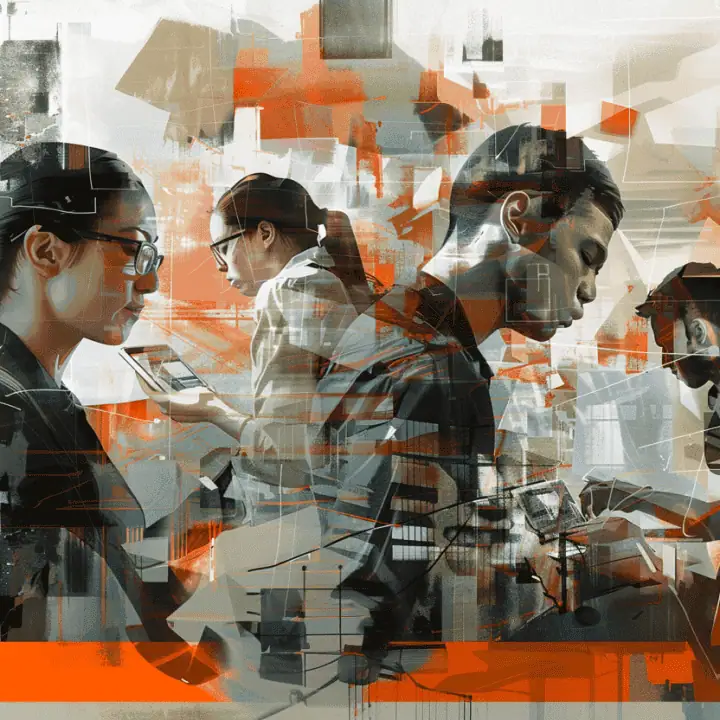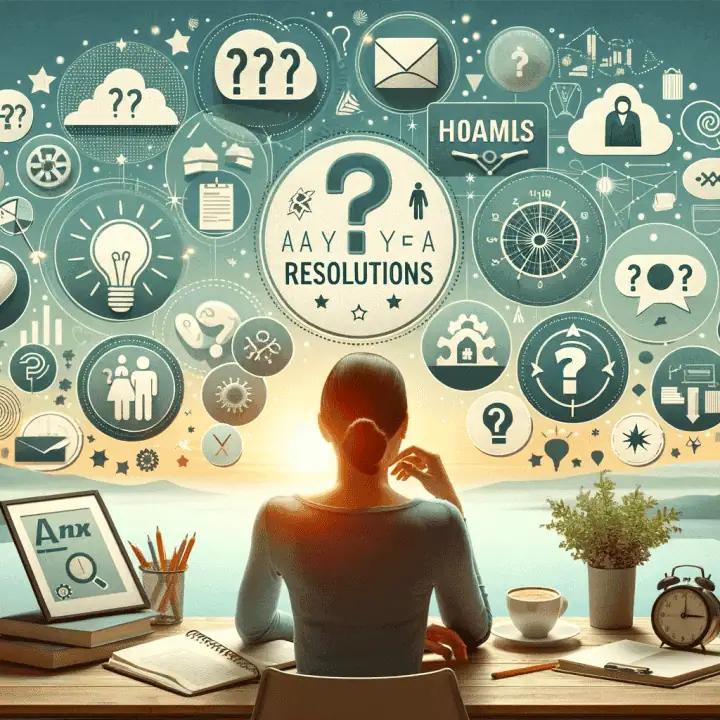Perception and Reality
Emotions are part of everyday life. We feel sensations in our body in response to how we perceive events in the world around us. However, these sensations are not fixed; they are constantly changing. One way in which that change can be triggered is related to perception. As stated by Daniel Goleman in his bestselling book Emotional Intelligence “When perception changes, emotions change.”
The Structure Of Perception
People take in information from the world in one of three ways:
- What they see
- What they hear
- What they feel, taste and smell
In NLP, we call these ‘Representational Systems’, as they are the systems we use to represent, remember, or create representations of the world around us.
Sub-modalities are the components of each representational system. Just as we see pictures, hear sounds, and have sensations in our body, these all have certain sub-characteristics (or sub-modalities).
Sounds may vary in volume, pitch, rhythm, or location, just as images can vary in size, brightness, and depth of field. There are many more submodalities in each representation system. For example, Photoshop software uses a larger collection of visual submodalities to edit images, and Pro-Tools provides a similar function for sound.
Certain characteristics of a representation (e.g., the size of an image) may lead you to respond in certain ways to certain events, and changing the submodalities associated with a represented image, sound, or sensation will change the meaning you attribute to that representation. Note that responses will vary from person to person and across contexts.
For example, do you think that a memory of your favourite song would be more or less pleasant if you turn down the volume of it? Now, what happens if you turn it back up?
Do you like colourful images, or do you prefer them black and white or faded?
Remember the last time you went to a concert? Now turn down the volume of the music inside your head. Does that alter how you feel about the experience?
Then again, it’s all contextual.
You can use sub-modalities to enhance or reduce the effect a certain representation (i.e., image, sound, or feeling) may have on you. It can be a memory or a construct.
Each sensory system or modality is made of sub-components called sub-modalities that you can play with and calibrate your response to the changes you make.
Visual: The visual system uses brightness, colour, hue, size, distance, and location of an image, among others.
Auditory: The auditory system uses volume, tempo, and timbre quality of a sound, along with location and all the qualities found on a graphic equaliser and a sound mixer.
Kinaesthetic: the kinaesthetic system includes temperature, texture, shape, and intensity of a sensation, among others.
The most exceptionally effective people I know have developed options when responding to events that unfold in the world around them. They can perceive things in different ways and not get stuck in just one description of the world.
I’d like to share a powerful quote before concluding: “there is no truth, there is only perception.” Gustave Flaubert
Now go out there and take your next step towards Exceptional Effectiveness. I’d like to invite you to start playing with the elements of your perception and calibrate your responses.,
Start small at first and see it for yourself. It will change your life, just like it changed mine.,
Remember, this is practical advice, not just another theory, so do go out and try it, and let me know how you went.
Related articles
Learn more about NLP by reading our Ultimate NLP Compendium of NLP
If you found this article useful, rate it or share it.
Similar Posts
Subscribe Now!
Stay Up-to-Date with Our Latest Courses and Special Offers
Stay in the loop with new course releases and opportunities by completing our form. Never miss out!


